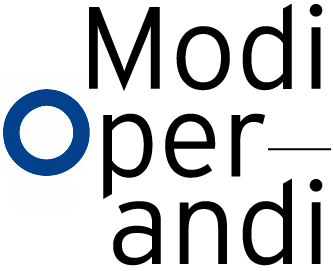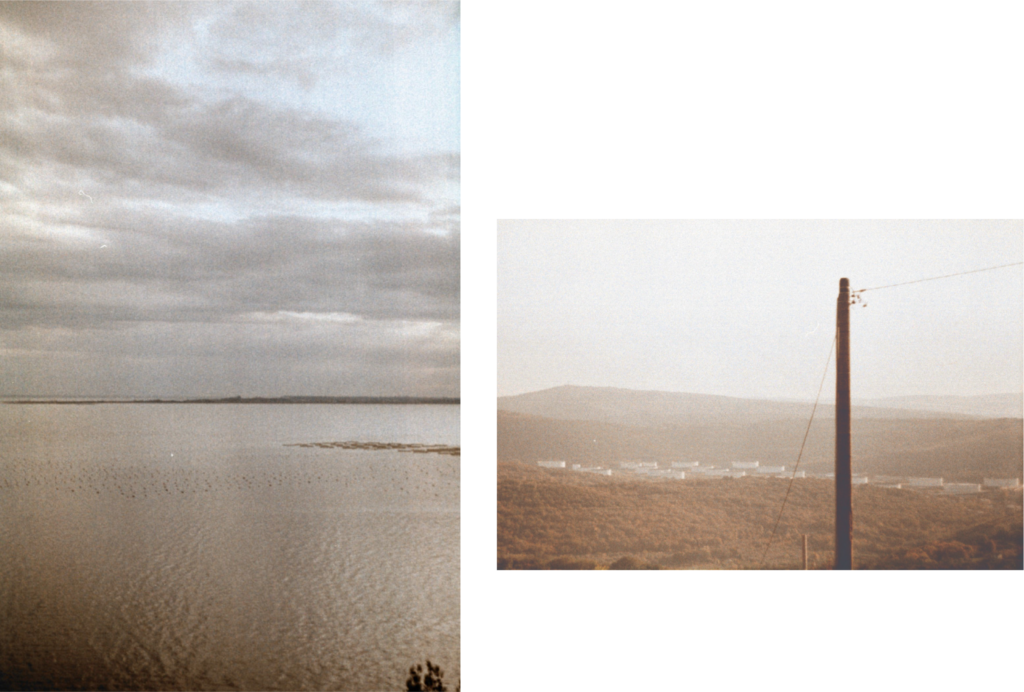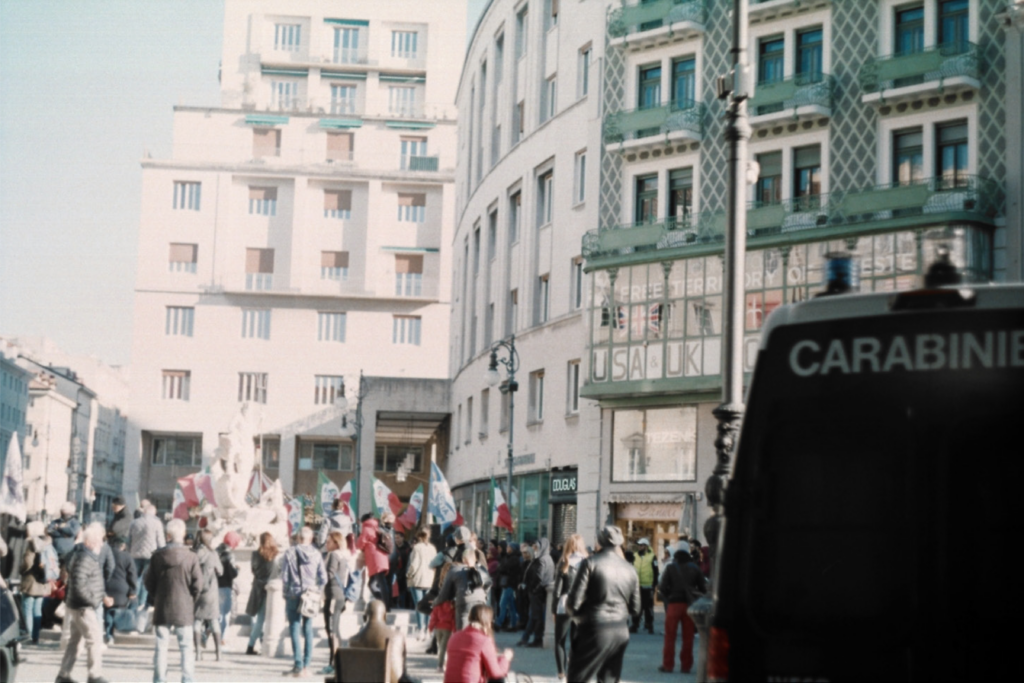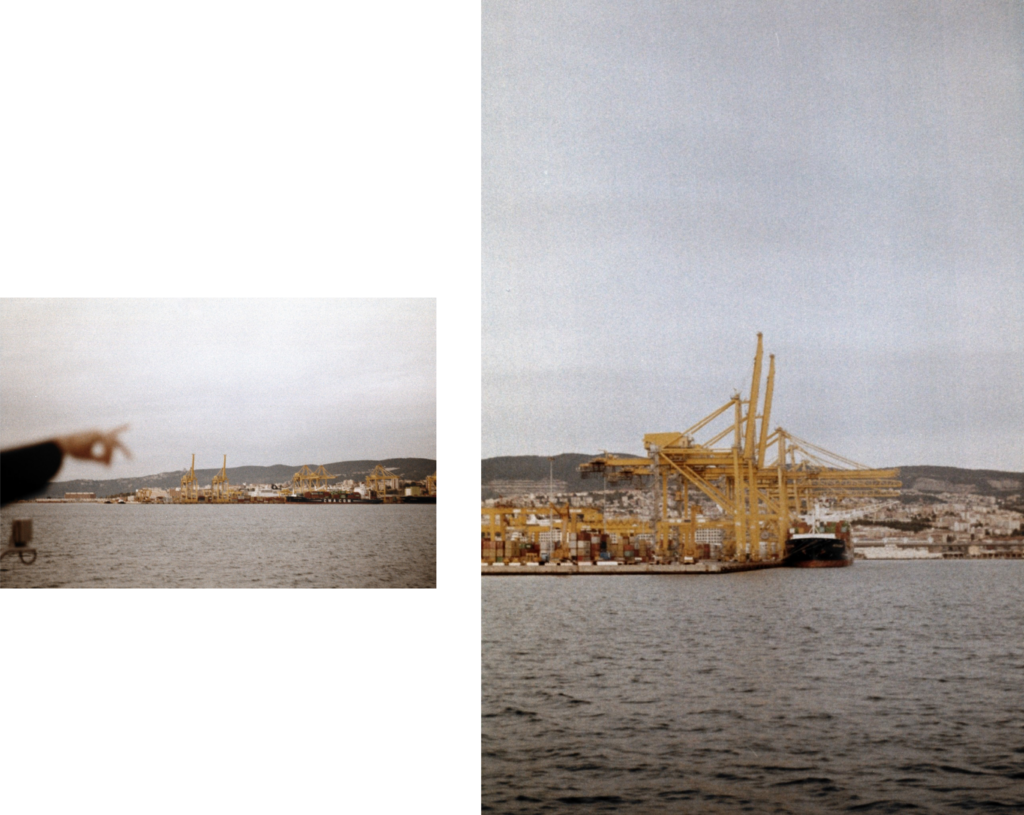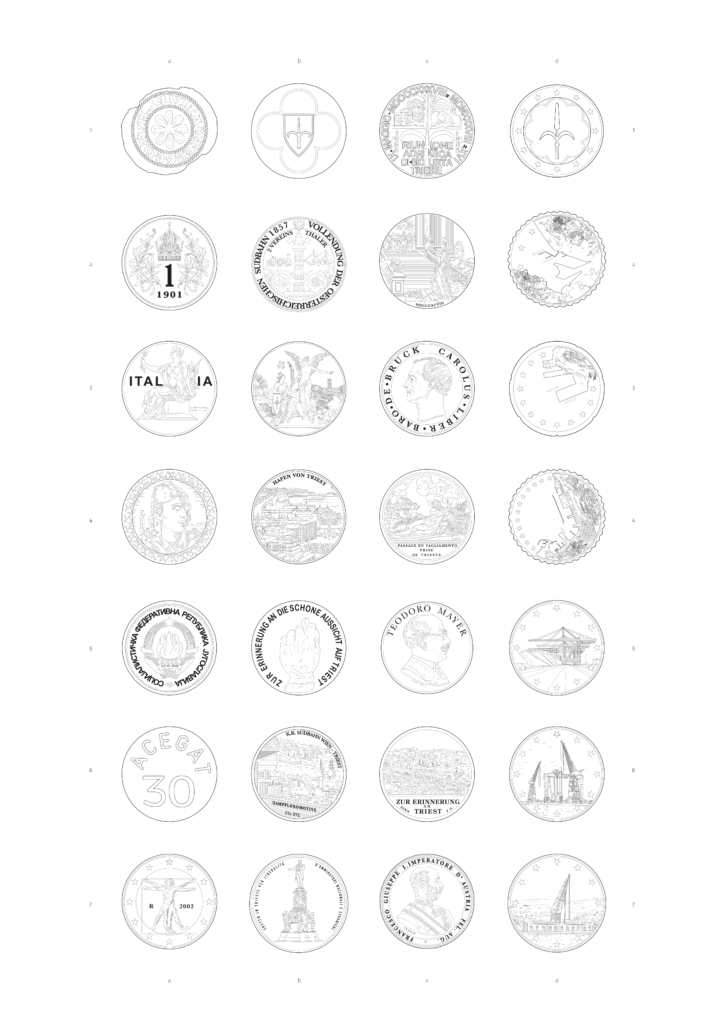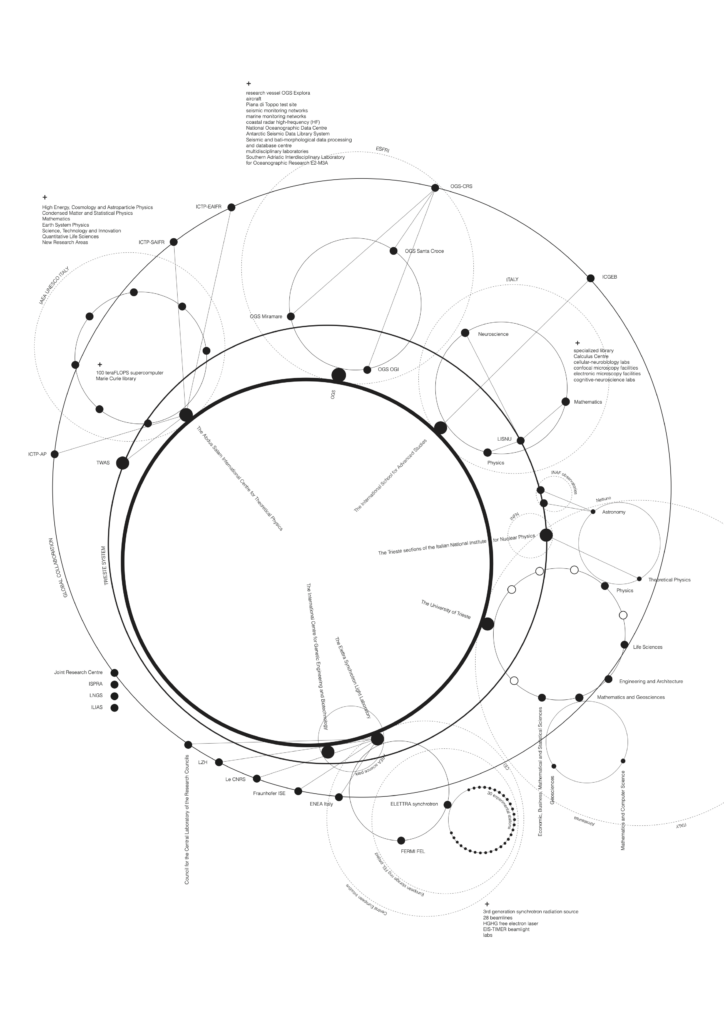A CITY OF NOWHERE
Dominika Kopiarova
The phenomenon of obsolescence is not limited to postindustrial landscapes but concerns a broader conception of production sites. As it equally involves the sites of knowledge production, the project thematically took on the concerns of fundamental scientific inquiry in reference to the Big Science.
This dual motive stems from the preconceived tensions of progress versus obsolescence and progress versus accident. The former is a result of the latent dependency of economic progress on the perpetual obsolescence of space – as was argued in the theory part of Territories in Obsolescence. And the latter introduces a controversion that scientific progress and accident are two sides of the same coin providing a critical understanding of the scientific experiment. According to Paul Virilio in University of Disaster[32] and Unknown Quantity – ‘“the accident reveals the substance,” the invention of the substance is also the invention of the accident.’[33]
The project addresses these themes in Trieste—a territory of contested history and sovereignty – once envisioned as the city of science and knowledge. The argumentation for the thematic component of fundamental research relies on the speculation that precisely because of its geopolitical condition, obscure or controversial ideas could strive in the context of Trieste.
Trieste served as a symbol for competing ideologies on territory and identity – whether Italian, Austrian or as the Iron Curtain frontier of Western Europe. After being governed for over half a millennia by the Austro-Hungarian Empire, the cosmopolitan port at the Adriatic coast was annexed by Italy post-World War I, later gained Free Territory status and shortly after was returned to Italy. Trieste’s identity crisis stems from its place at the junction of the everchanging state borders. Always defined by what it is not – A City of Nowhere.[34]
An eclectic collection of coins illustrates its geopolitical obscurity. Listing the currencies recognised as legal tender in Trieste in chronological order portrays a linear narrative of sovereignty. On the contrary, the collection of commemorative coins tells a rather complex story. Two coins minted in the same period – one in Vienna, the other in Milan – one celebrates the Triestine Italianity, the other Austrianity – both a nationalist propaganda. This paradox introduces the problem of Trieste that was shortly resolved in The Free Territory of Trieste under the UN in the aftermath of World War II.
Hence, there remains a tendency to speculate on the possibility of a techno-centric micro-state to re-establish the city’s social and economic relevance. As part of the speculative project, the Euro coins of the newly established micro-state of Trieste were designed. The iconography portrays Trieste as the ever-expanding terminal port of The New Silk Road and a striving free economic zone. The design centres cranes as monumental artefacts – a promise of progress.
In these conditions of contested sovereignty and continued insecurity, obscure or controversial ideas can strive. Such as research projects inside peculiar institutions to re-establish the city’s international presence and identity as a city of knowledge and science.
The project builds upon the Trieste System – a network of international organisations and institutes for fundamental science and higher education in Trieste. The topological diagram visualises the System and its global outreach. What is equally of concern is under which conditions they operate. The rules, regulations – and bureaucracy – of Italian and European organisations set limitations on scientific research, such as the ban on experimental nuclear research on Italian territory. Speculations on the possibility of re-establishing the Free Territory of Trieste allow us to imagine a utopic micro-state for fundamental research. The project then suggests an intervention into the existing Trieste System – whether to unify or disrupt it.
The title Archipelago of Wonders[35] is based on the autobiography of the same name by Paolo Budinich, who argued that Trieste should play a significant role in fundamental research on an international scale.
